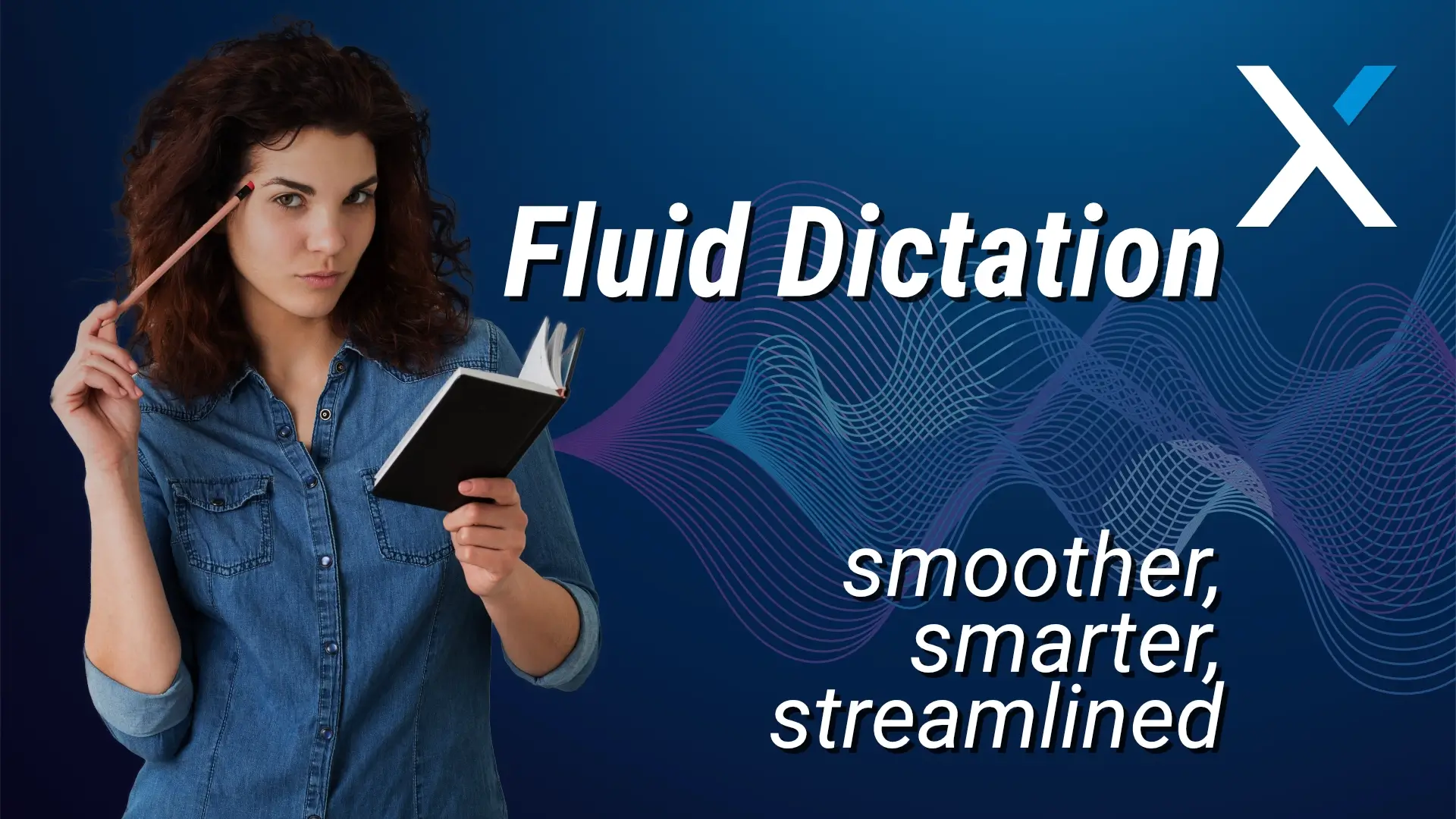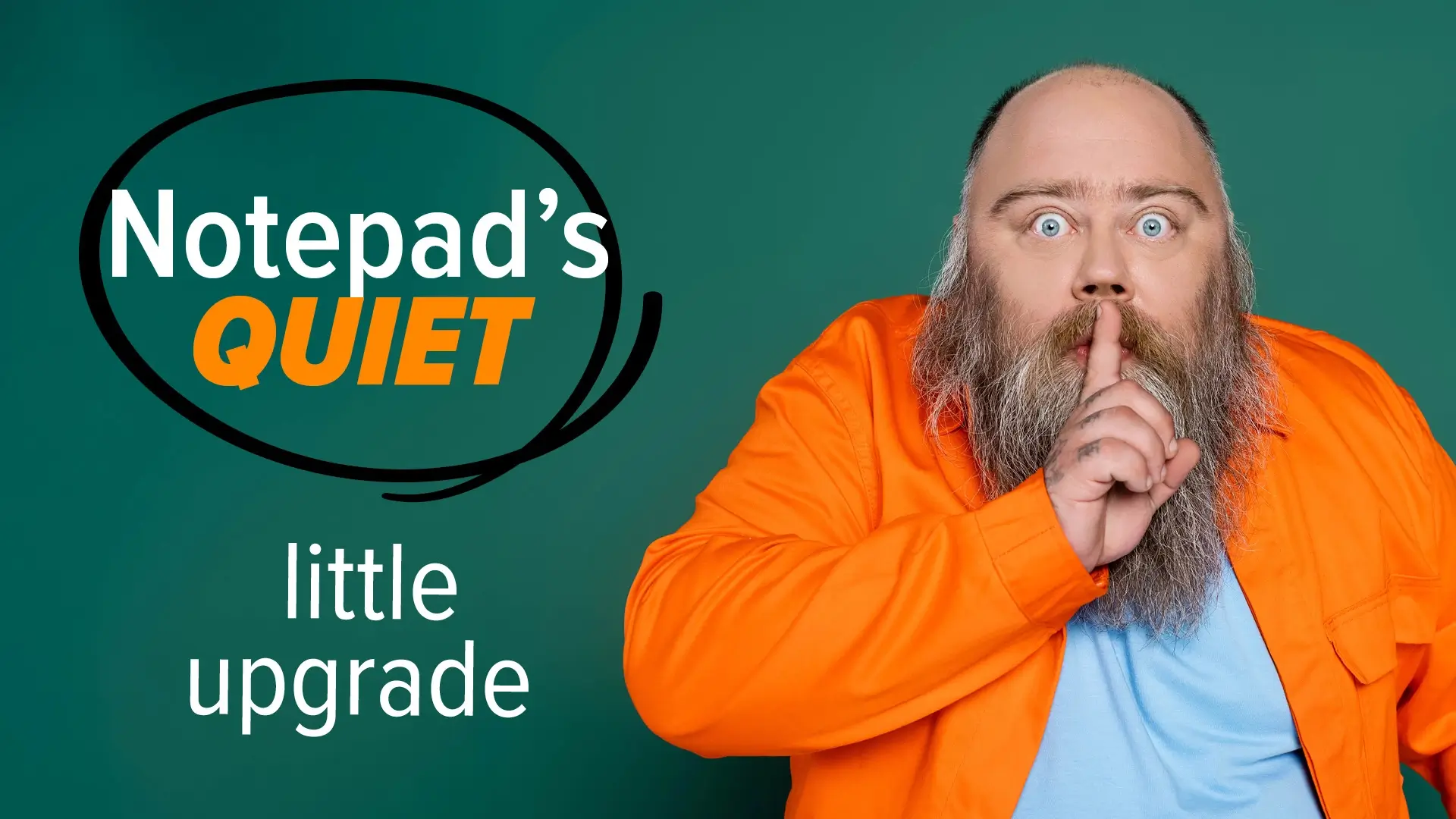Add convenience to your Google Drive, Gmail, and Google Calendar
Continue readingBreak language barriers with Microsoft Edge’s New AI Video Translation
Make Training and Global Content Easier
Continue readingYour Tech Should Know You Better by Now: Now Copilot Can
Copilot Memory Fixes the #1 Frustration With AI Tools
Continue readingWhy Dictation Has Been a Letdown, Until Now
Voice dictation that actually works
Continue readingWindows 11’s New AI Agent: A Quiet Win for Overloaded Teams
Make Windows easier with new AI settings
Continue readingWhen Images Become Barriers, Windows 11 Helps You Break Through
Make Visual Content More Useful with AI
Continue readingMicrosoft Gives You Smarter Battery in Windows 11
Boost Battery Life For Your Laptop With This New Feature
Continue readingDrowning in Emails? Outlook’s New Tool Helps You Breathe Easier
Stay on top of what matters with Copilot’s Priority View
Continue readingThe End of Password Headaches? Microsoft Leans Into Passkeys
Microsoft partners with 1Password
Continue readingMicrosoft Quietly Updated Notepad With New Features
Improve Your Workflow
Continue reading








